“Change blindness in the world of facts and knowledge is a problem. Sometimes we are exposed to new facts and simply filter them out. But more often we have to go out of our way in order to learn something new. Our blindness is not a failure to see the new fact; it’s a failure to see that the facts in our minds have the potential to be out-of-date at all.”
Samuel Arbesman, The Half-life of Facts: Why Everything We Know Has an Expiration Date
What do you see in the photo? Often we can’t see what’s in plain sight because of our biases and filters; our perceptual blindness. You should be able to see both an elderly woman and a young fashionable woman at the same time. Yet some of you will struggle with this even when knowing the answer. You are drawn to what is familiar, safe and conditioned in you unless you “go out of your way in order to learn something new.”
Perceptual blindness is described as an event in which an individual fails to perceive an unexpected stimulus that is in plain sight. In my work with clients, we put them into experiential exercises that demonstrate their perceptual blindness, their conditioned responses, and their limiting beliefs. They need to understand the import of challenging their existing belief system in order to clear the way for new thought. We literally call this “spitting in their soup.” They need to know that perceptual blindness is in play, costing them on every level: emotionally, physically, socially and financially.
Perceptual blindness is best illustrated in the reluctance of leaders to let go of the old ways of managing people. The move to a self-governing, shared power model is growing in recognition as a valuable approach, yet remains a minority model among most organizational structures, to date. This is because many leaders still “fail to see that the facts in their minds are absolutely out-of-date, and that new unexpected stimulus for improvements are in plain sight.”
As little as thirty years ago, most of us could not imagine a life in which we have computers and cell phones, nor the Internet connecting us globally, nor the current speed of change, nor our vast digital transformation etc. Similarly, many business leaders cannot imagine dismantling existing organizational structures for new, proven ones. Here are just three major reasons why:
- Many cannot imagine a practical, cost effective way to learn, use, integrate, scale and sustain a new, shared power model. They automatically imagine alternatives to be permissive, expensive, time-consuming, and an added burden to managers and supervisors. This is a great example of “out-of-date” thinking that requires we “go out of our way” to understand that a responsibility-based alternative brings higher expectations of performance, trust, loyalty and efficiencies, and it fosters social interest (caring about what we cause one another) as essential for success. Today’s model is desperately needed because it holds the key to expanding time and money, agility to lead or follow as needed, bridges intergenerational, racial, gender and every other diversity and inclusion gap, and leads to extensive people development, resulting in shared problem-solving and support for excellence.
- People do not want to be vulnerable. Learning an entirely new system does not only require humility, courage and willingness, it also requires discomfort, initial inconvenience, and admits flaws in the existing model, thereby causing many to feel uncomfortable, guilty, and foolish.
- People are afraid they will be weak and condone chaos. They struggle with the new facts, supported by copious industry data, that a connected community, high in trust, authenticity, harmless yet bold communication, coaching and encouragement strategies, changes lives in radically positive ways! They wonder, how can the relinquishment of conventional punishment, judgmental and withdrawal behaviors be acceptable or have a hope of resulting in better teamwork and co-creation?
This article was published in the column The Extraordinary Workplace in the St. Louis Small Business Monthly, May 2018




